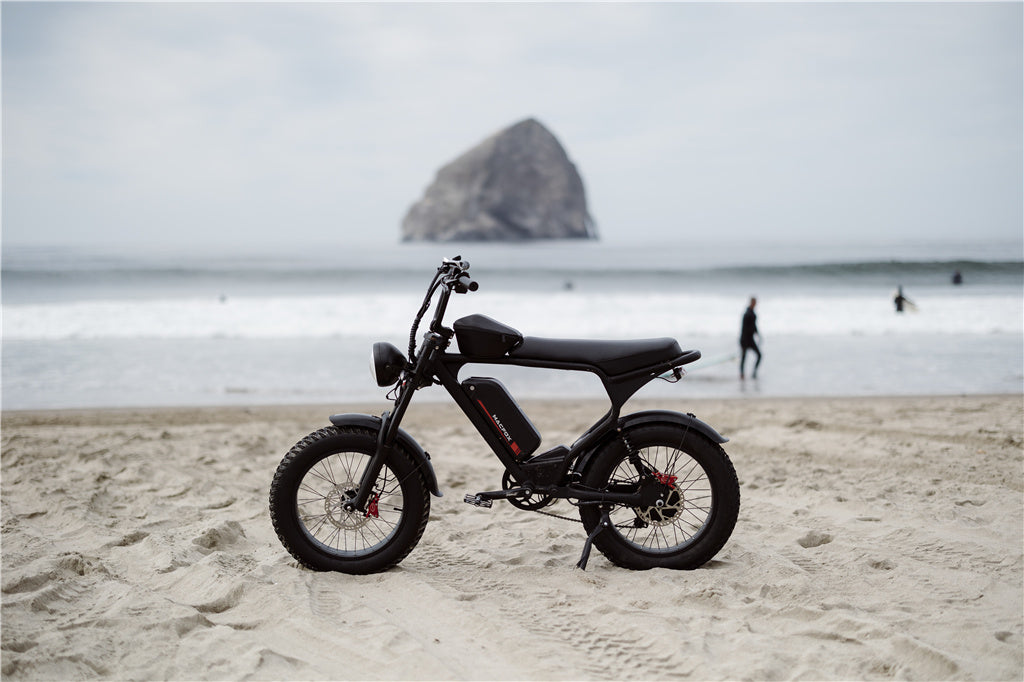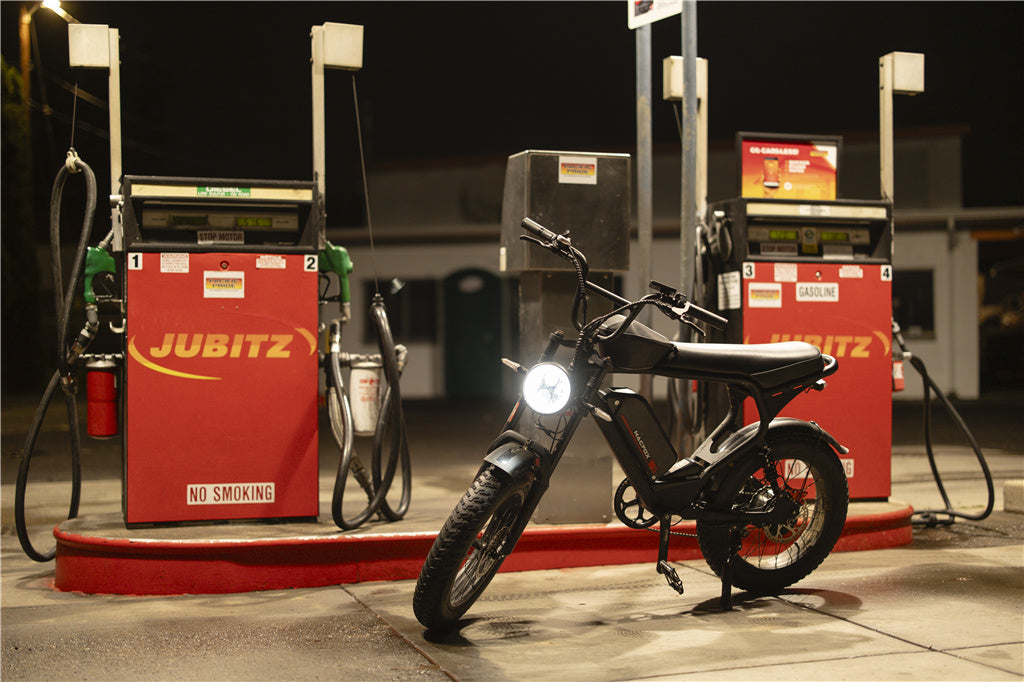Electric bikes (e-bikes) have revolutionized our understanding of cycling, merging traditional biking with electric power to produce something completely new and different. Their promise of ease, speed and enjoyment remains uncertain: how much assistance do e-bikes actually offer? In this comprehensive exploration into their effectiveness backed up with real-world data and expert insight, you will gain a clearer idea of their value proposition.
The Basics of Ebike Assistance

Ebike assistance has revolutionized cycling, making it accessible and enjoyable for a wider range of people. An e-bike's assistance comes from its electric motor integrated into its drivetrain - powered by rechargeable batteries that supply its energy - while you can adjust its level of assistance through your control system. Here is an explanation:
Details on Pedal-Assist System (PAS): The PAS is at the core of an e-bike's assistance system, monitoring pedalling force and speed to adjust motor output in an organic and natural manner, providing a boost to riders' efforts without overtaxing battery power. It can be set for various levels of assistance: low (providing just a slight boost and prolonging battery life) or high (offering substantial assistance, making pedalling much simpler but consuming more battery power). Some e-bikes even use torque sensors to match motor power with a pedaling force exactly;
Throttle Mode Explained: Where pedal assists simply amplifies the effort you're already putting into pedalling, throttle mode takes over entirely with no pedalling effort required from you - perfect for starting from a stop, climbing steep hills or giving legs rest during long rides. Not all e-bikes offer this feature due to regional regulations affecting its availability.
Power Output and Its Effect: Ebike motor power output is often measured in watts; typical urban commuter bikes typically range from 250-750 watts. As more power means faster battery drain and some jurisdictions set limits on how much assistance an e-bike can provide, its output must also be properly assessed to avoid legal limitations for its output.
Quantifying Ebike Assistance: What the Data Says
When it comes to understanding the practical effect of e-bike assistance, numbers speak loud and clear. Here is an in-depth look at the data behind e-bike assistance:
Assistance Levels and Their Effects: Ebikes have the power to significantly boost the pedalling effort. A 250-watt motor might provide four levels of assistance: Eco, Tour, Sport and Turbo; in Eco mode, this might add 50 per cent extra effort, while Turbo could amplify input by as much as 250%; this means if pedalling at ten mph would normally propel you at 25mph with just as much force!
Speed Increase Data: According to research at the University of Colorado Boulder, riders on electric bicycles may see an estimated 30-30% decrease in commute times compared with traditional bikes due to motor assistance allowing riders to maintain higher speeds with reduced effort and physical strain. Furthermore, according to European Cyclists' Federation data ebikes increase daily cycling participation rates by 40-44% due to reduced physical strain, increased speed and convenience they offer.
Battery Range Insights: The range of an e-bike varies greatly based on factors like its motor efficiency, battery capacity (measured in watt-hours or Wh), the rider's weight, terrain type and level of assistance used. On average, fully charged batteries last 25 to 70 miles with normal usage conditions, although manufacturer and user reviews show that using its highest assistance mode may reduce range by 50% while lower settings extend it for longer journeys on one charge.
Related Reading: The Global Rise of Electric Bike Popularity
Expert Insights into Ebike Assistance
Experts across urban planning, health, and environmental sectors have long recognized e-bikes as an innovative solution. They point out how flexible assistance levels make cycling more inclusive by opening it up to those who might otherwise find the activity too daunting or physically taxing. Health professionals also note the customizable physical exertion offered by bikes; this allows people to increase their heart rates without the risk of overexertion.
Urban planners view e-bike adoption as an essential means of alleviating vehicle congestion and cutting urban carbon emissions. Their ease and efficiency mean they could potentially replace car trips for many urban residents - something which has the power to significantly change city transportation systems.
Real-World Impact and User Experiences
Stories of everyday e-bike users bring statistics and expert opinions to life. From parents who've swapped out car trips for an e-bike commute to senior citizens reliving the joy of cycling without fearing hills or long distances to commuters gaining freedom and reliability with an e-bike commute, their impact is profound and personal. Fitness enthusiasts appreciate having precise control of assistance levels that match their workout goals, whether recovering from injury or pushing one's limits - the impact is profoundly felt across generations and backgrounds alike.
These narratives convey one central point: e-bike assistance isn't about simply making cycling easier - rather, its purpose lies in expanding accessibility, enjoyment, and integration into daily life for a wide variety of individuals. Its real-world impact speaks volumes of its potential to alter how we move, live, and interact within cities and communities.

Conclusion
Ebike assistance turns cycling from an exclusive physical feat into a more accessible, enjoyable, and efficient form of transport. By customizing their level of assistance to suit their specific needs - be it getting in an intense workout session before hitting traffic on their commute to work or simply taking in leisurely rides without as much effort -bikes have proven themselves an increasingly popular choice worldwide. Real-world data and expert opinions demonstrate the many benefits that make e-bikes increasingly appealing among riders worldwide.
FAQs
What's the difference between pedal assist and throttle on an e-bike?
The pedal assist augments pedalling power with motor assistance while the throttle allows movement without pedalling, similar to how scooters work.
Do more powerful motors mean better e-bike assistance?
Yes, more powerful motors offer additional assistance and can handle hills or heavy loads better while depleting battery power faster.
Can electric bikes reduce traffic and pollution?
Absolutely, bikes take up less space than cars while emitting no pollutant emissions - helping ease congestion and decrease urban air pollution levels.


















